
Summary of Contents
Introduction
Bhut Jolokia, also known internationally as the Ghost Pepper and Naga Chilli, is one of the world’s hottest peppers, with a Scoville Heat Unit (SHU) exceeding 1 million. This fiery chili, native to Northeast India, is cultivated predominantly in Assam, Nagaland, and Manipur. Beyond its reputation for extreme heat, Bhut Jolokia has a deep-rooted presence in traditional Northeast Indian cuisine, medicine, and even local folklore.
The Role of Bhut Jolokia in Global Hot Pepper Rankings
Bhut Jolokia once held the title of the world’s hottest chili in 2007, earning a spot in the Guinness World Records. Although newer chili varieties like the Carolina Reaper have since surpassed it, Bhut Jolokia remains legendary for its intense spiciness and flavor, revered by chili enthusiasts globally. This ghost pepper’s unique heat and flavor profile make it a sought-after ingredient in hot sauces, gourmet cuisine, and spicy food challenges around the world.
Bhut Jolokia’s Cultural and Economic Importance in Northeast India
In Northeast India, Bhut Jolokia is more than a pepper; it is a symbol of resilience, tradition, and local pride. It contributes to the local economy, as many small-scale farmers rely on its cultivation for livelihood. From traditional chutneys to ceremonial dishes, Bhut Jolokia plays an essential role in regional cuisine. Its economic and cultural significance has turned it into a valuable agricultural product with expanding global market potential.
History and Cultural Significance

Indigenous Knowledge and Traditional Cultivation
Bhut Jolokia has been cultivated in Northeast India for centuries, using traditional, organic farming techniques. Farmers in Assam, Nagaland, and Manipur grow the pepper under natural conditions, often without synthetic fertilizers or pesticides, preserving both the plant’s authenticity and environmental health. For generations, indigenous communities have passed down their knowledge of Bhut Jolokia cultivation, making it an integral part of local heritage and agricultural practices.
Myths and Folklore Surrounding Bhut Jolokia
Folklore surrounding Bhut Jolokia is as fiery as the pepper itself. Legend has it that locals once used Bhut Jolokia as a natural animal repellent to ward off elephants. It was believed that the pungent aroma and extreme spiciness could keep wild animals at bay when planted around fields. The pepper’s heat is seen as a reflection of the region’s strength and resilience, and Bhut Jolokia has even been thought to protect homes from negative energy in certain communities.
Unique Uses in Tribal Communities
In many tribal communities of Northeast India, Bhut Jolokia serves a dual role as both food and medicine. Traditionally, it has been used to aid digestion, improve blood circulation, and add flavor to local dishes. Bhut Jolokia is a common ingredient in chutneys, pickles, and curries, adding depth to traditional recipes while providing medicinal benefits that support local health practices.
Role in Festivals and Ceremonial Events
Bhut Jolokia is also celebrated in local festivals and ceremonies, marking its importance in Northeast Indian culture. Its presence at community events and festivals reflects a connection to heritage and culinary tradition. In these celebrations, Bhut Jolokia is often prepared in various forms—pickled, dried, or fresh—to add zest to dishes shared among family and friends.
Regional Identity and Pride Associated with Bhut Jolokia
Known locally as Raja Mircha or “King of Chillies,” Bhut Jolokia is a symbol of regional identity and pride in the Northeast. The pepper represents strength and endurance, qualities deeply respected within the region. Its cultivation and use in traditional recipes underscore the strong cultural ties people of Northeast India feel toward Bhut Jolokia.
Botanical Characteristics and Scientific Profile
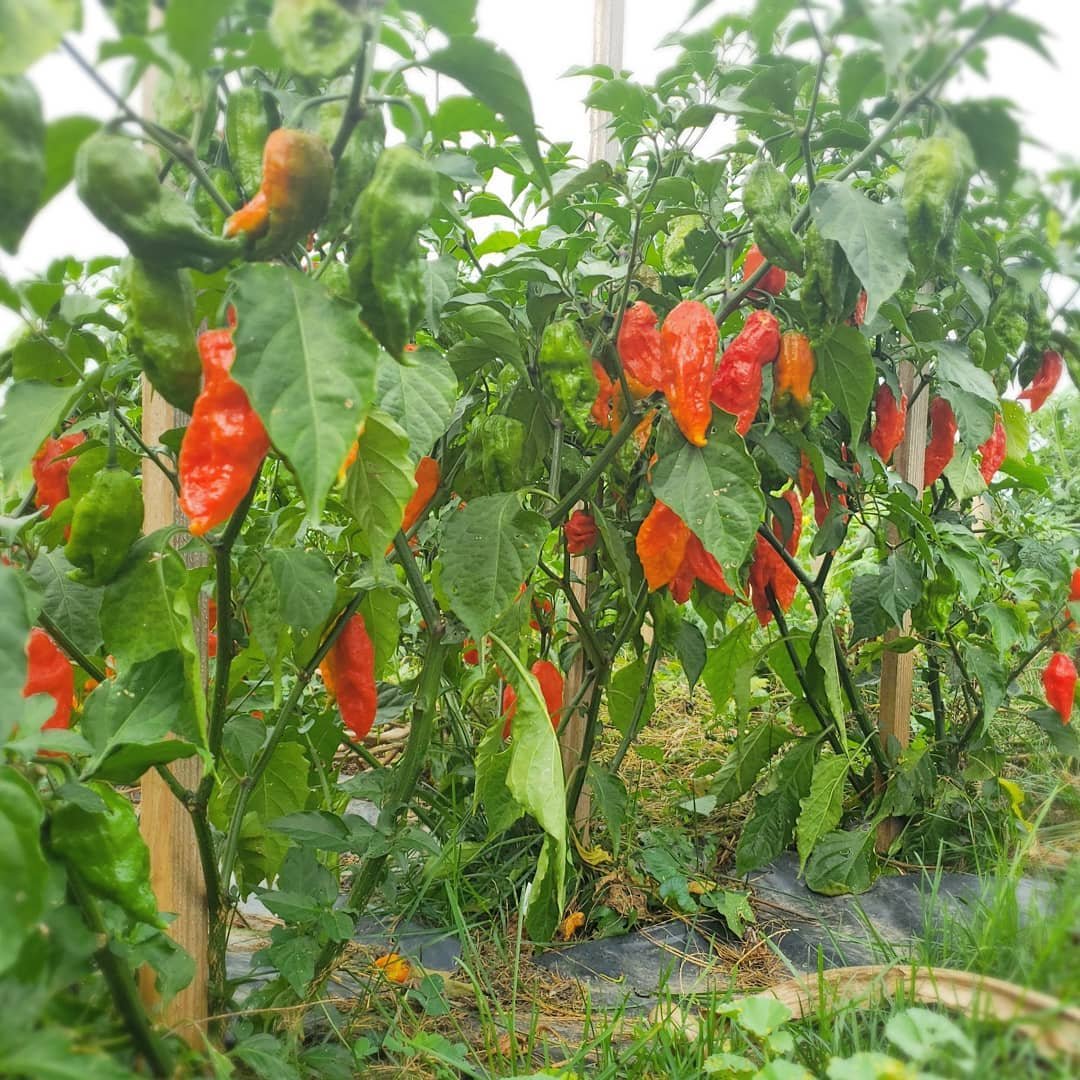
Physical Traits of Bhut Jolokia
Bhut Jolokia has a distinct appearance, with its wrinkled skin, vibrant red or orange color, and thin, delicate flesh. The pepper grows on a bushy plant that can reach up to 4 feet in height, thriving in the warm, humid climate of Northeast India. The fruit itself can be 2-3 inches long, with an irregular shape that hints at its potency. This pepper’s unique look makes it easy to identify in markets and farms across the region.
Role of Capsaicin and Other Active Compounds
The intense heat of Bhut Jolokia comes from capsaicin, an active compound that binds to the body’s pain receptors, creating a fiery sensation. In Bhut Jolokia, capsaicin concentration is exceptionally high, often exceeding 1 million SHU. This compound has been extensively studied for its effects on metabolism, pain relief, and cardiovascular health.
Factors Affecting Capsaicin Levels
Capsaicin levels in Bhut Jolokia can vary depending on factors like climate, soil quality, and farming practices. Peppers grown in optimal conditions, such as high altitude and fertile soil, tend to have higher capsaicin content, making them even hotter. Seasonality also affects capsaicin levels, with peppers harvested during the hottest months of the year generally exhibiting increased spiciness.
Growth Cycle and Optimal Conditions
The growth cycle of Bhut Jolokia lasts about six months, beginning with sowing seeds in well-drained soil with plenty of sunlight and water. The pepper requires warm temperatures (20–38°C) and high humidity levels to thrive. It is generally grown between April and September, with the hottest months contributing to the pepper’s pungency.
Comparing Bhut Jolokia with Other Hot Chilies
While Bhut Jolokia is known as one of the world’s hottest peppers, it differs significantly from other hot peppers like Carolina Reaper and Trinidad Scorpion. While each has its distinct flavor profile, Bhut Jolokia’s smoky and slightly fruity taste sets it apart. The pepper’s natural origin and cultural significance also distinguish it from these commercial hybrids.
Health Benefits of Ghost Pepper
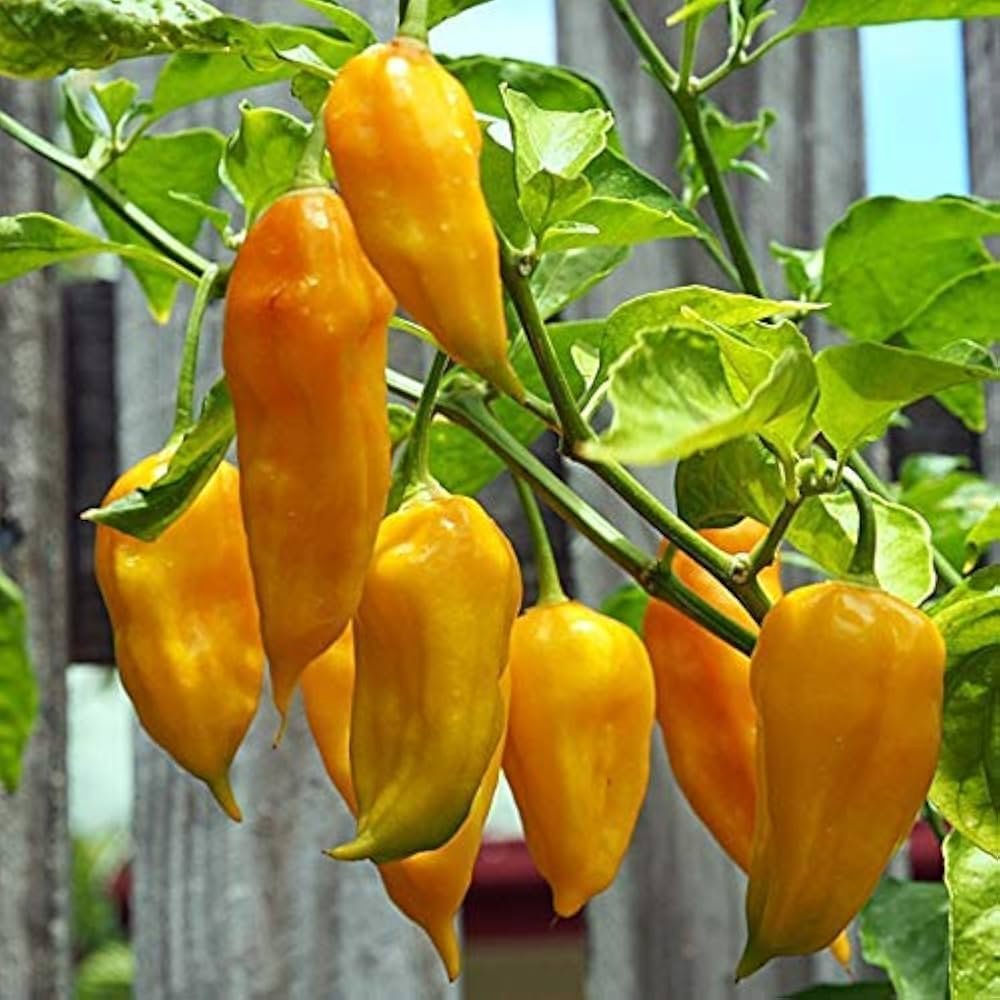
Digestive Health and Metabolism
Research shows that capsaicin in Bhut Jolokia can stimulate digestive enzymes, helping to break down food more efficiently. It also increases metabolic rate, which can aid in weight management.
Cardiovascular Benefits and Blood Circulation
Capsaicin may improve blood circulation and support cardiovascular health by reducing cholesterol levels and promoting healthy blood flow. Studies have linked moderate chili consumption to improved vascular health, particularly in capsaicin-rich varieties like Bhut Jolokia.
Antioxidant and Anti-aging Potential
Rich in antioxidants, Bhut Jolokia helps fight free radicals, which contribute to aging and various diseases. The antioxidants in this pepper can improve skin health, protect cells, and strengthen the immune system.
Use in Modern Medicine and Research
Today, Bhut Jolokia is recognized in pharmaceutical research for its potential in pain relief and anti-inflammatory treatments. Capsaicin extracted from Bhut Jolokia is being studied for applications in creams and ointments used for muscle pain relief, highlighting the pepper’s versatility beyond the kitchen.
Culinary Techniques for Cooking
In Northeast Indian cuisine, Bhut Jolokia is often used in chutneys, pickles, and curries, adding a distinctive heat and smoky flavor. Given its extreme spiciness, Bhut Jolokia is typically handled in small quantities, balanced with ingredients like mustard oil, garlic, and salt. These techniques allow for full flavor without overwhelming the palate, and they highlight the pepper’s versatility in adding depth to various dishes.
Popular Recipes in Northeast India
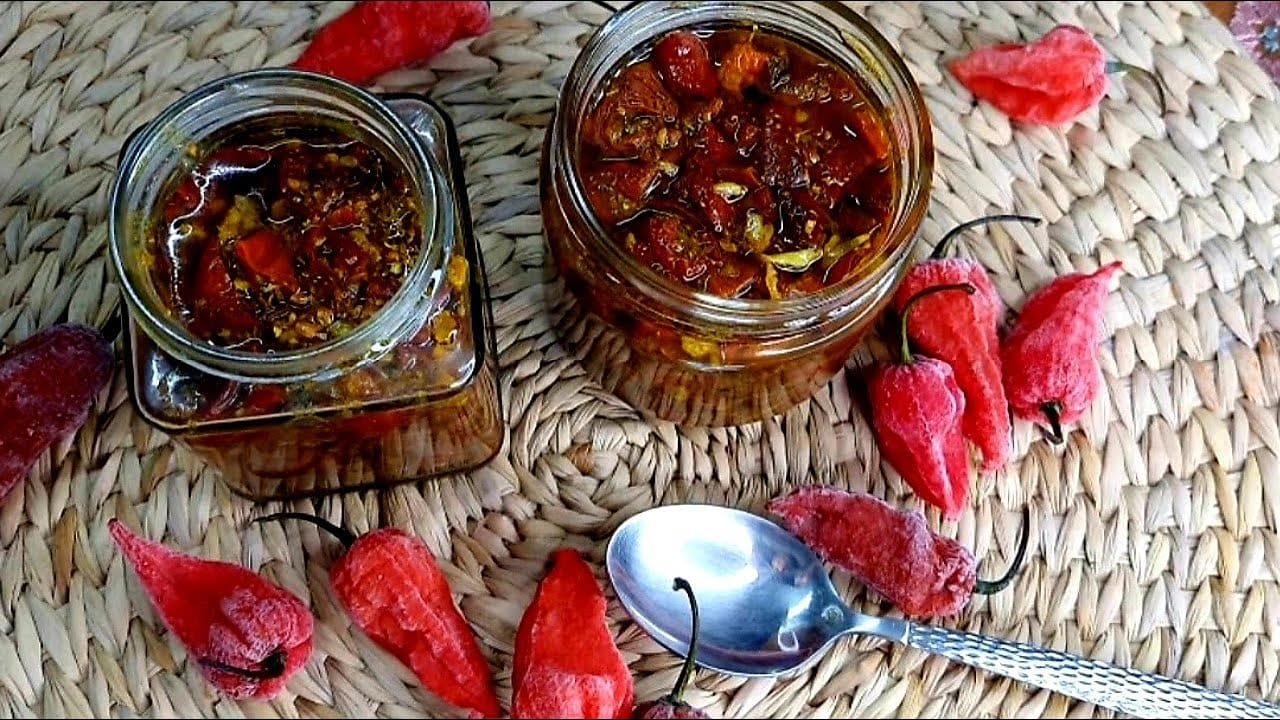
How to Make Bhut Jolokia Chutney
Bhut Jolokia chutney is a traditional, pungent condiment. Here’s a simple recipe:
- Ingredients: Bhut Jolokia (1 pepper), garlic cloves (2-3), salt (1/4 tsp), mustard oil (1 tbsp).
- Preparation: Crush the Bhut Jolokia with garlic using a mortar and pestle, mix in salt and mustard oil, and let sit for a few hours.
- Serve: This chutney pairs well with rice dishes and curries, providing an intense kick of flavor.
Bhut Jolokia Pickles Recipe
Bhut Jolokia pickles preserve the chili’s heat and flavor, ideal for those who enjoy an intense taste. To make:
- Ingredients: Fresh Bhut Jolokia (4-5 peppers), mustard oil (1 cup), salt (1 tsp), spices (fenugreek, turmeric, cumin).
- Preparation: Heat oil, add spices and peppers, and let it sit in a sealed jar for a week.
- Serve: These pickles are excellent with grilled meats and rice dishes.
Incorporating Bhut Jolokia in Meat and Vegetable Curries
Adding Bhut Jolokia to curries infuses an earthy heat that enhances the flavors of meats and vegetables. The pepper is best when used sparingly, providing a gradual spiciness to hearty dishes like Assamese fish curry or Naga-style pork.
Fusion Dishes and Popular Hot Sauces
Internationally, Bhut Jolokia’s fame has introduced it to fusion cuisine. Its heat is harnessed in gourmet hot sauces, BBQ rubs, and even desserts like spicy chocolate. Ghost Pepper hot sauces are now a favorite among chili enthusiasts worldwide, offering an intense flavor for adventurous palates.
Economic Impact and Market Reach
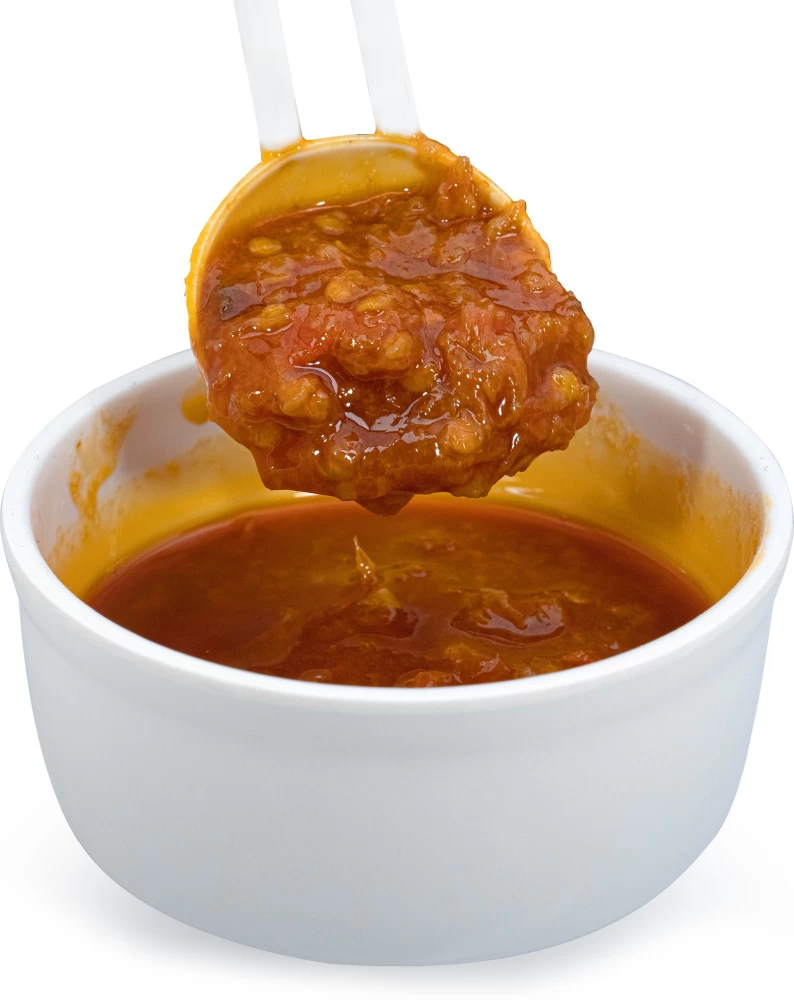
Local Economy and Livelihood for Farmers
Bhut Jolokia cultivation is an essential source of income for small-scale farmers in Northeast India. The increasing global demand for super-hot peppers has created a niche market, allowing these farmers to diversify their income streams. Sustainable farming practices have helped preserve traditional cultivation methods while boosting local economies.
Bhut Jolokia Products in International Markets
As a valued ingredient in hot sauces, seasonings, and wellness products, Bhut Jolokia’s export potential has grown. Products such as dried chilies, pepper powder, and chili-infused oils are popular exports, making their way to markets in the U.S., Europe, and Asia.
Bhut Jolokia as a Gourmet Ingredient
High-end restaurants and spice companies seek Bhut Jolokia as a gourmet ingredient, renowned for its unique heat and depth. As consumers embrace global flavors, this Ghost Pepper has become a trendy spice in culinary innovations worldwide.
Marketing Challenges and Opportunities
Despite its popularity, challenges such as transport logistics, storage, and spoilage risks limit Bhut Jolokia’s market expansion. However, initiatives by farmer cooperatives and government support are helping to overcome these obstacles, creating new avenues for distribution and sales.
The Role of Cooperatives and Farmer Associations
In Northeast India, farmer cooperatives play a crucial role in providing training, market access, and resources for Bhut Jolokia growers. These groups advocate for better market prices and export opportunities, promoting the chili’s unique qualities and ensuring fair compensation for small farmers.
Efforts by Government and NGOs for Market Expansion
Government programs and NGO initiatives focus on improving Bhut Jolokia’s market reach through subsidies, farming education, and export facilitation. These efforts are vital to building a stable, profitable market for Bhut Jolokia farmers, ensuring the crop’s sustainability and global availability.
Environmental Impact and Ecological Adaptation
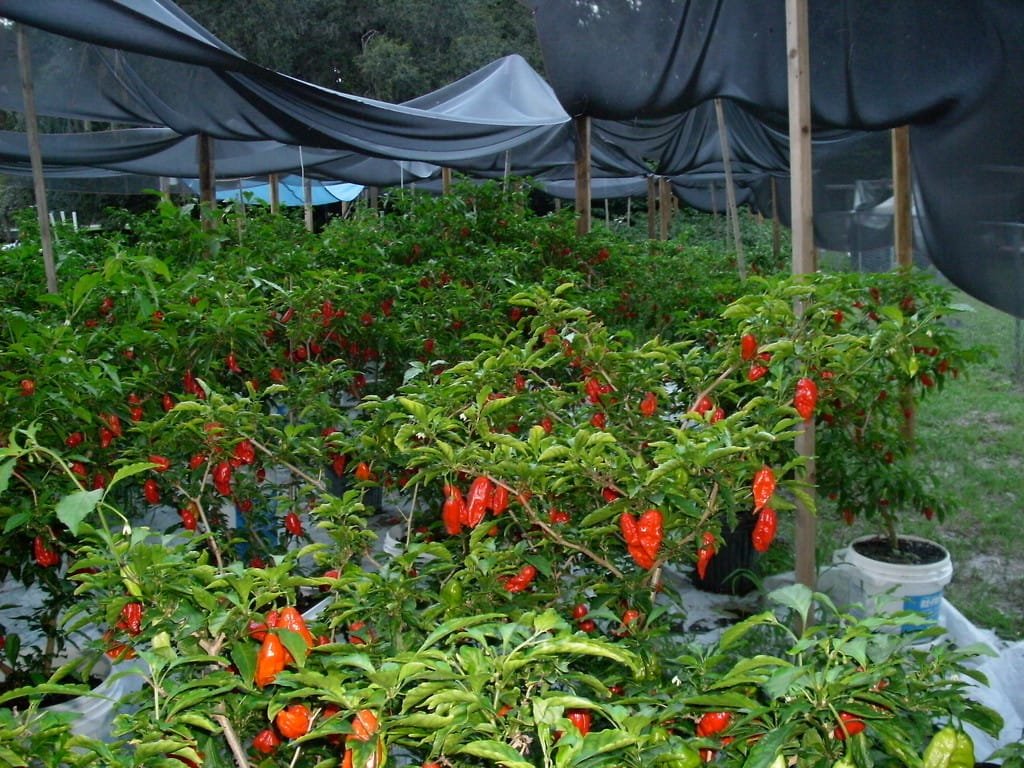
Ecosystem Role in the Northeast
Bhut Jolokia is more than a crop; it’s a part of the Northeast’s ecological landscape. Its cultivation supports soil health and biodiversity, as farmers often use natural pest control methods, minimizing the use of synthetic chemicals. This eco-friendly approach benefits both the land and local wildlife.
Soil Health and Biodiversity Benefits
The natural farming methods used for Bhut Jolokia contribute to soil fertility, promoting healthy ecosystems. Additionally, organic farming encourages biodiversity, with diverse flora and fauna coexisting around these chili farms, helping maintain the region’s ecological balance.
Pesticide-Free Farming and Natural Pest Control
Most Bhut Jolokia farms are managed organically, avoiding harmful pesticides and fertilizers. Farmers use traditional pest control methods, such as companion planting, to deter insects naturally, making Bhut Jolokia a sustainable crop.
Resilience Strategies for Adverse Weather Conditions
Climate change poses risks to Bhut Jolokia’s cultivation, as unpredictable weather can impact yields. Farmers are exploring resilient planting techniques, such as drought-resistant irrigation and adjusting planting cycles, to counteract the effects of changing climates.
Role of Bhut Jolokia in Sustainable Agriculture
As a sustainably farmed crop, Bhut Jolokia contributes to Northeast India’s environmental goals. Its cultivation demonstrates how traditional agricultural methods can coexist with eco-conscious practices, offering a sustainable model for other regional crops.
Agro-tourism and Bhut Jolokia as a Cultural Attraction
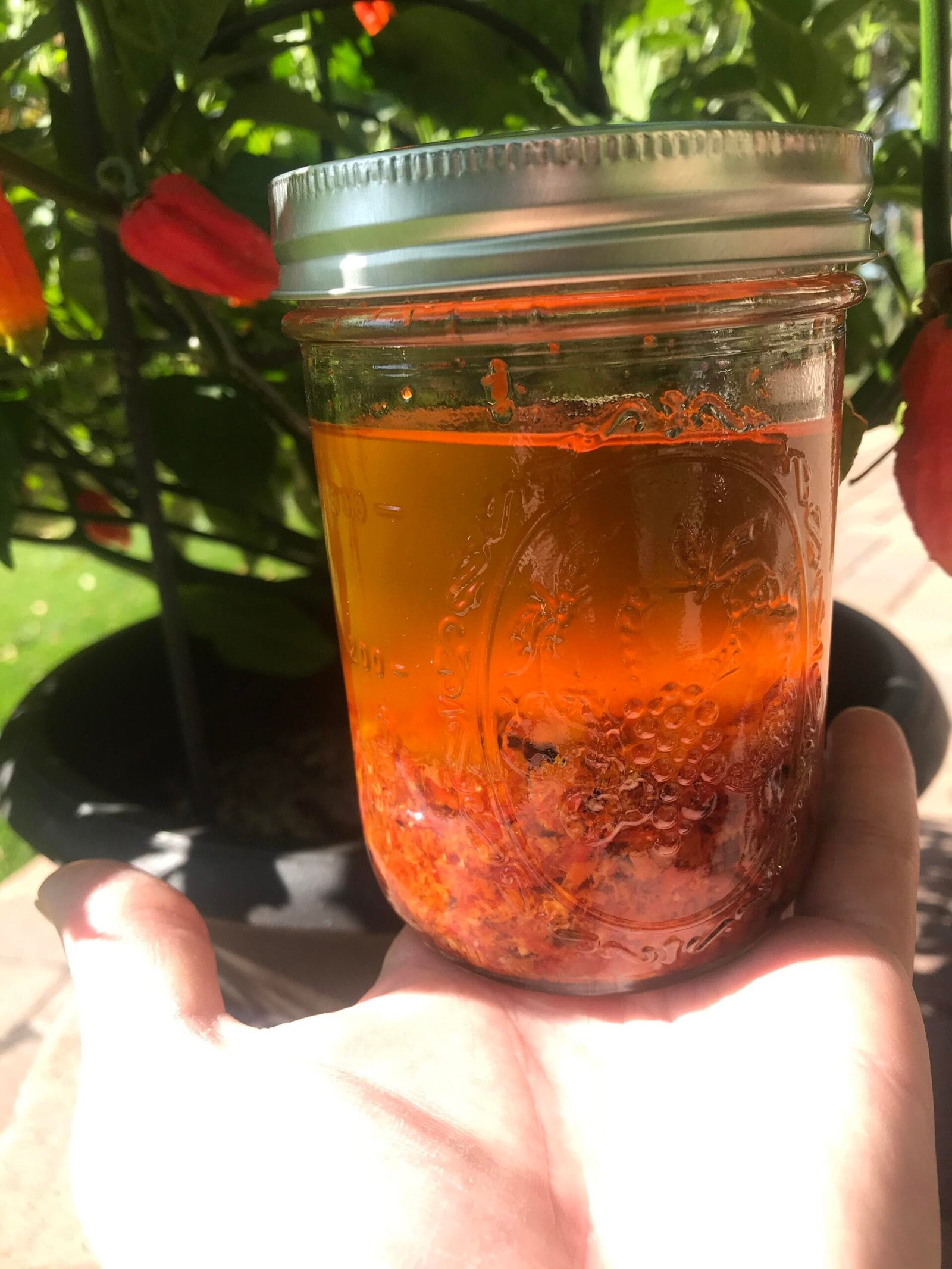
Visiting Bhut Jolokia Farms
With global curiosity about Ghost Pepper’s intense heat, Bhut Jolokia farms have become tourist attractions. Visitors can learn about cultivation methods, taste Bhut Jolokia dishes, and experience the life of a chili farmer.
Participating in Bhut Jolokia Harvesting Activities
Many farm tours allow tourists to participate in harvesting, providing a hands-on experience that deepens appreciation for Bhut Jolokia’s cultural and agricultural roots.
Chili Festivals and Cultural Events
Several chili festivals in Northeast India celebrate Bhut Jolokia with tastings, cooking contests, and cultural performances. These events promote community pride and highlight the pepper’s role in traditional cuisine, drawing visitors who seek unique cultural experiences.
Bhut Jolokia’s Role in Preserving Indigenous Culture
The continued cultivation and celebration of Bhut Jolokia support cultural preservation, keeping traditional knowledge and practices alive for future generations. By participating in agro-tourism, visitors help sustain this heritage.
Educational Tourism and Awareness Programs
Farmers and local organizations offer educational programs on sustainable farming and Bhut Jolokia’s environmental benefits. These initiatives raise awareness of the Ghost Pepper’s ecological and economic value.
Product Development and Industry
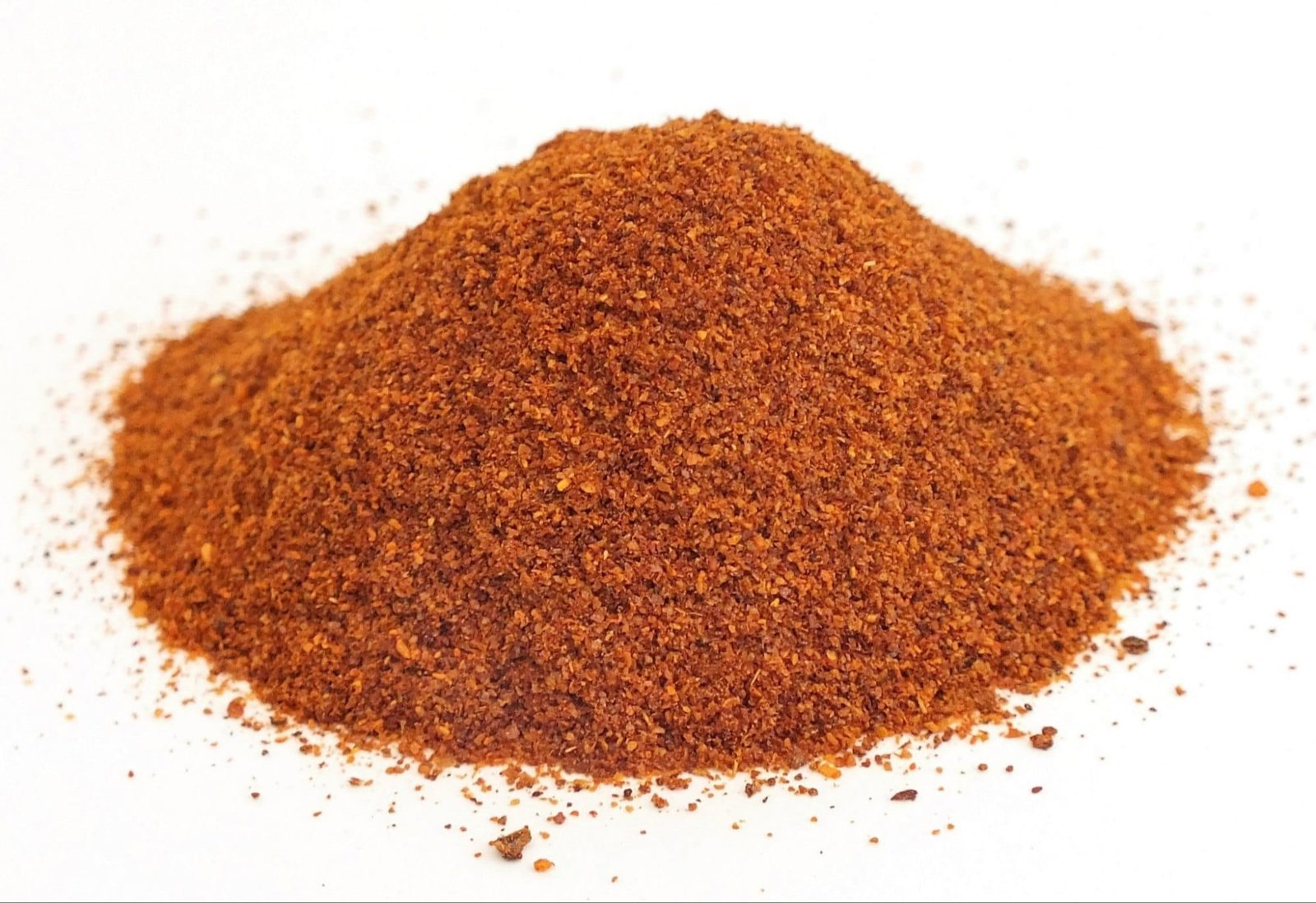
Hot Sauces, Oils, and Culinary Condiments
Bhut Jolokia’s heat has led to a variety of products, including hot sauces, chili oils, and powders, popular among spice lovers. Its unique flavor and Scoville rating make it a key ingredient in these culinary creations.
Pharmaceutical Applications
The capsaicin in Bhut Jolokia has applications in pharmaceutical products, such as pain relief ointments and muscle relaxants. The pepper’s medicinal properties make it valuable in natural health and wellness sectors.
Skincare and Personal Care Products
Capsaicin’s anti-inflammatory benefits have led to its inclusion in skincare, where Bhut Jolokia extracts are used in products aimed at improving skin texture and reducing inflammation.
Bhut Jolokia in Health Supplements
Capsaicin supplements are gaining popularity, and Bhut Jolokia extracts are being incorporated for their potential weight management and digestive health benefits.
Potential in Natural Pesticides
Given its heat and strong scent, Bhut Jolokia is being studied for use as a natural pesticide, providing an eco-friendly solution for pest control in agriculture.
Future Prospects and Global Market Opportunities
Expanding Demand in Organic and Health Food Markets
As organic and health-conscious markets grow, Bhut Jolokia’s popularity is expected to rise. Its natural, pesticide-free cultivation aligns well with these consumer trends.
The Role of Technology in Enhancing Production
Innovative farming methods can improve yield and quality, helping farmers meet rising demand without sacrificing environmental sustainability.
Export Opportunities to Meet Growing International Demand
The demand for Bhut Jolokia-based products in international markets presents a profitable opportunity for Northeast Indian farmers to expand globally.
Investment Potential for the Bhut Jolokia Industry
With growing interest in unique spices and health products, investment in Bhut Jolokia farming and product development is increasing, supporting regional growth.
Conclusion
Bhut Jolokia symbolizes Northeast India’s heritage, strength, and agricultural diversity. Its fiery heat and diverse uses make it an exceptional chili with both local and global appeal.
Supporting Bhut Jolokia farmers promotes sustainable agriculture and protects traditional farming practices, contributing to economic stability and environmental health.
From traditional recipes to innovative health products, Bhut Jolokia’s potential continues to expand. As global interest in organic and sustainable foods grows, it stands out as an iconic chili with a bright future.
FAQ Section
Q: Is Bhut Jolokia pepper the hottest?
A: While Bhut Jolokia was once the world’s hottest pepper, newer varieties like the Carolina Reaper now surpass it in heat. However, it remains one of the hottest peppers globally, with over 1 million SHU.
Q: Is Bhut Jolokia good for health?
A: Yes, Bhut Jolokia is rich in capsaicin, which can aid in metabolism, pain relief, and cardiovascular health when consumed moderately.
Q: Which state is famous for Bhut Jolokia?
A: Bhut Jolokia is primarily grown in the Northeast Indian states of Assam, Nagaland, and Manipur.
Q: What are the side effects of Bhut Jolokia?
A: Consuming too much Bhut Jolokia can cause stomach discomfort, sweating, and a burning sensation. It should be eaten in moderation.
Q: Is Naga chilli and Bhut Jolokia the same?
A: Yes, Naga Chilli is another name for Bhut Jolokia, especially in Nagaland where it is widely cultivated.
Q: Can you grow Bhut Jolokia?
A: Yes, Bhut Jolokia can be grown in warm, humid climates similar to Northeast India’s conditions.
